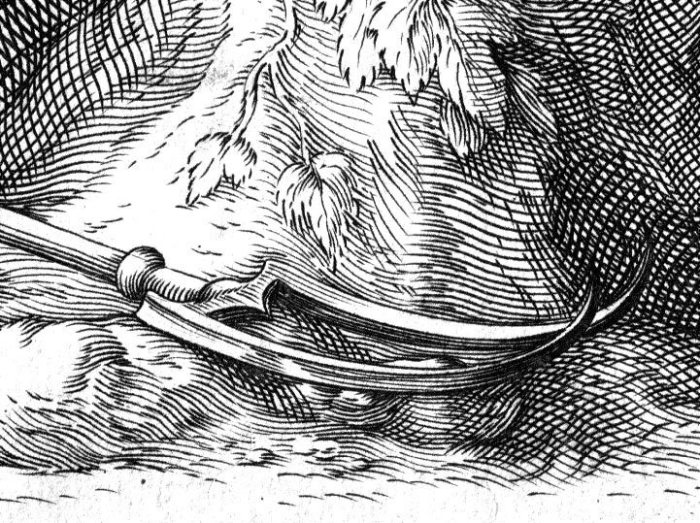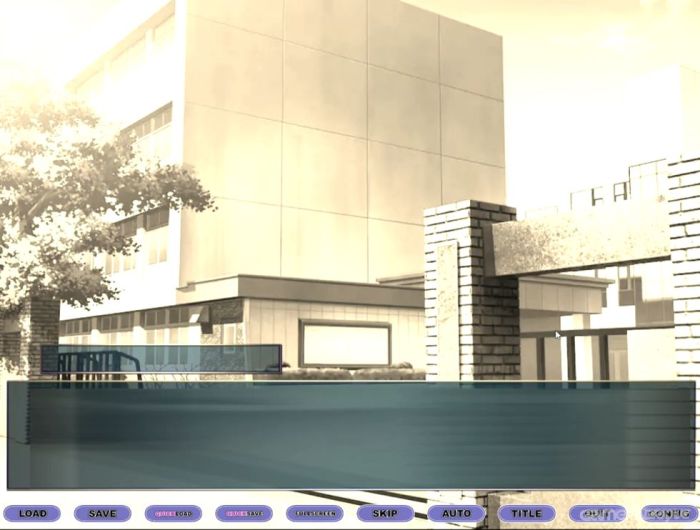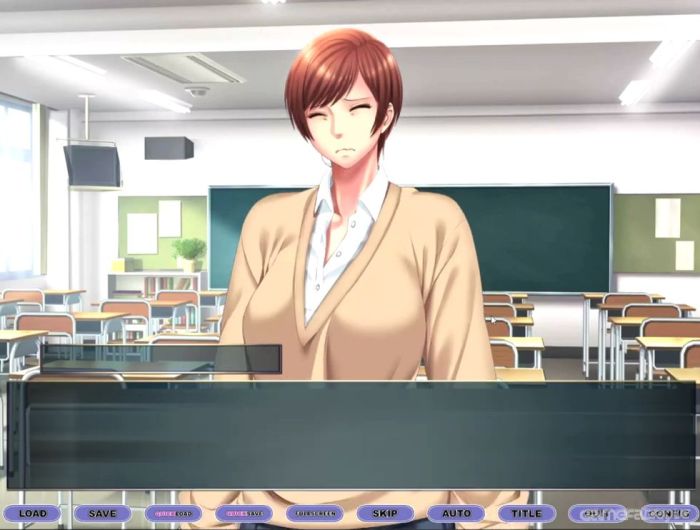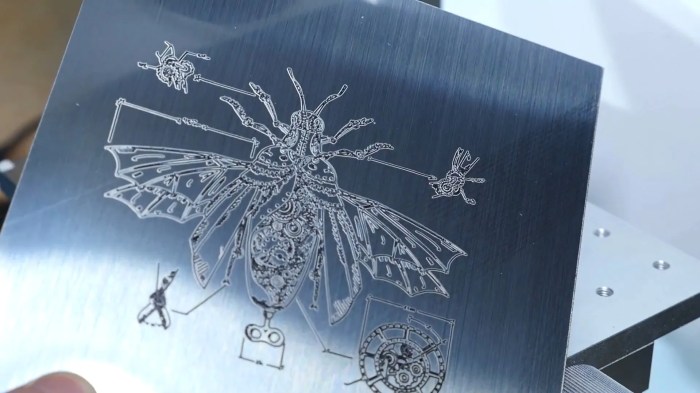Woodcut engraving allows for much finer detail than metal engraving. – Woodcut engraving, a technique renowned for its exceptional precision, allows for much finer detail than metal engraving. As we delve into this fascinating art form, we will explore its unique characteristics, historical significance, and contemporary applications, uncovering the intricate world it unveils.
Comparison of Woodcut Engraving vs. Metal Engraving

Woodcut engraving and metal engraving are distinct printmaking techniques that utilize different materials and processes. Woodcut engraving involves carving designs into a woodblock, while metal engraving involves incising designs into a metal plate.
Fundamental Differences, Woodcut engraving allows for much finer detail than metal engraving.
- Material:Woodcut engraving uses woodblocks, while metal engraving uses metal plates.
- Process:Woodcut engraving involves carving away the areas not intended to print, while metal engraving involves incising lines into the plate.
- Detail:Woodcut engraving allows for finer detail than metal engraving.
Advantages and Disadvantages
Woodcut Engraving
- Advantages:Allows for intricate detail, relatively inexpensive, easy to learn.
- Disadvantages:Woodblocks can wear out quickly, not as durable as metal plates.
Metal Engraving
- Advantages:Durable, can produce large editions, capable of fine lines and details.
- Disadvantages:Requires specialized tools and skills, can be time-consuming.
Techniques and Processes

Steps in Woodcut Engraving
- Design transfer:The design is transferred to the woodblock using tracing paper or carbon paper.
- Carving:The areas not intended to print are carved away using gouges and other carving tools.
- Proofing:The woodblock is inked and printed to check the progress and make any necessary adjustments.
- Printing:The woodblock is inked and pressed onto paper to create the print.
Tools and Materials
- Woodblocks:Typically made of hardwood, such as boxwood or cherry.
- Gouges:U-shaped carving tools with varying blade widths.
- Chisels:V-shaped tools for cutting fine lines and details.
- Inks:Oil-based or water-based inks are used for printing.
Artistic Considerations

Intricate Detail
Woodcut engraving allows for highly intricate and detailed designs. The fine grain of the wood and the precision of the carving tools enable artists to create subtle textures and fine lines.
Famous Woodcut Engravings
- The Prodigal Sonby Albrecht Dürer (1498)
- The Last Supperby Leonardo da Vinci (c. 1495-1498)
- The Great Wave off Kanagawaby Katsushika Hokusai (1830-1833)
Shading and Textures
Artists use various techniques to create shading and textures in woodcut engravings. Cross-hatching, stippling, and gouging are some common methods employed to achieve tonal variations and depth.
Historical Significance: Woodcut Engraving Allows For Much Finer Detail Than Metal Engraving.
Woodcut engraving has a rich history dating back to the 15th century. It played a significant role in the development of printmaking and the dissemination of knowledge and ideas.
Origins and Early Uses
Woodcut engraving originated in China and Japan, where it was used to create religious prints and illustrations for books. In Europe, it became popular in the 15th century as a method for producing inexpensive prints of religious and secular subjects.
Role in Printing and Communication
Woodcut engraving was widely used in the printing of books, newspapers, and other printed materials. It enabled the mass production of images and text, facilitating the spread of information and the development of literacy.
Modern Applications

Contemporary Uses
Woodcut engraving continues to be practiced by contemporary artists, who explore its expressive and technical possibilities. It is used in various contexts, including fine art prints, book illustrations, and commercial designs.
Combination with Other Art Forms
Woodcut engraving is often combined with other art forms, such as painting, sculpture, and photography. Artists use it to create mixed-media works and explore new artistic expressions.
Innovative Approaches
Contemporary artists experiment with innovative techniques and approaches to woodcut engraving, such as using digital tools, alternative materials, and unconventional printing methods.
Helpful Answers
What is the primary difference between woodcut engraving and metal engraving?
Woodcut engraving involves carving a design into a wooden block, while metal engraving entails engraving a design into a metal plate.
How does woodcut engraving achieve finer detail?
The soft nature of wood allows for precise carving, resulting in intricate lines and subtle textures.
What are some famous examples of woodcut engravings?
Notable woodcut engravings include Albrecht Dürer’s “The Rhinoceros” and Käthe Kollwitz’s “War.”